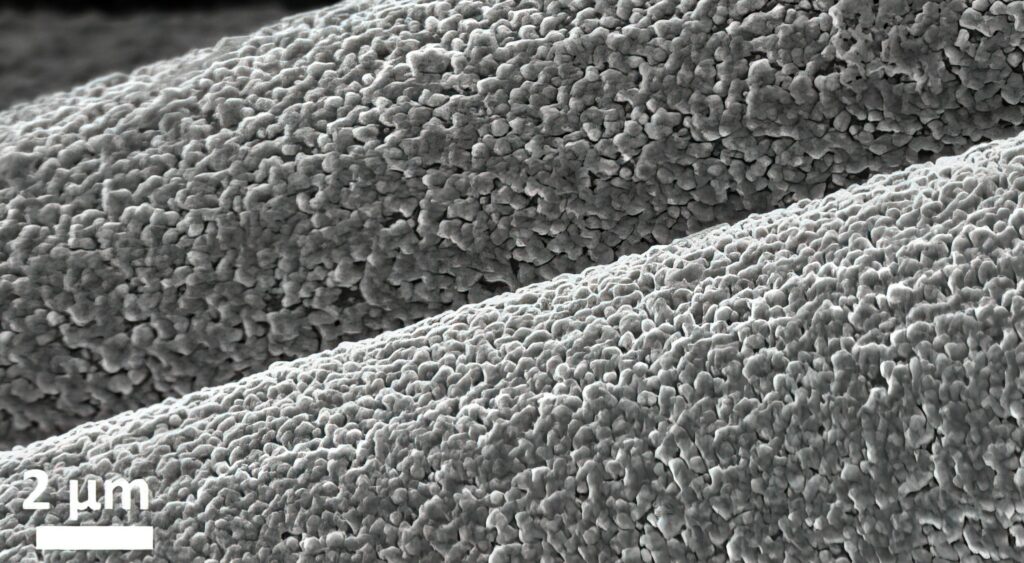Aluminium batteries advance

Researchers in the US have taken a key step forward towards using aluminium for rechargeable batteries that have far higher capacity than current lithium-ion cells (writes Nick Flaherty).
The team, at Cornell University, coated the metal with carbon fibres to improve the performance over more than 10,000 charging cycles and 3600 hours when cycled at a charging rate of 1C. That is 100 times the cycle life of existing aluminium battery cells.
“A very interesting feature of this battery is that only two elements are used for the anode and the cathode – aluminium and carbon – both of which are inexpensive and environmentally friendly,” said one of the researchers Dr Jingxu (Kent) Zheng.
Aluminium can be tricky to integrate into a battery’s electrodes though, as it reacts chemically with the glass fibre separator, causing the battery to short circuit and fail.
The researchers therefore used a substrate of interwoven carbon fibres to form an even stronger chemical bond with the aluminium. When the battery is charged, the aluminium is deposited into the carbon structure via covalent bonding.
Observations suggest that the battery’s tantalum current collector plays an important role in maintaining the uniform and fast electron transport from the external circuit to the carbon cloth electrode.
Future work will look at developing alternative metal foils of optimal thickness as the current collector in the aluminium pouch cells to make it suitable for e-mobility applications.
ONLINE PARTNERS































